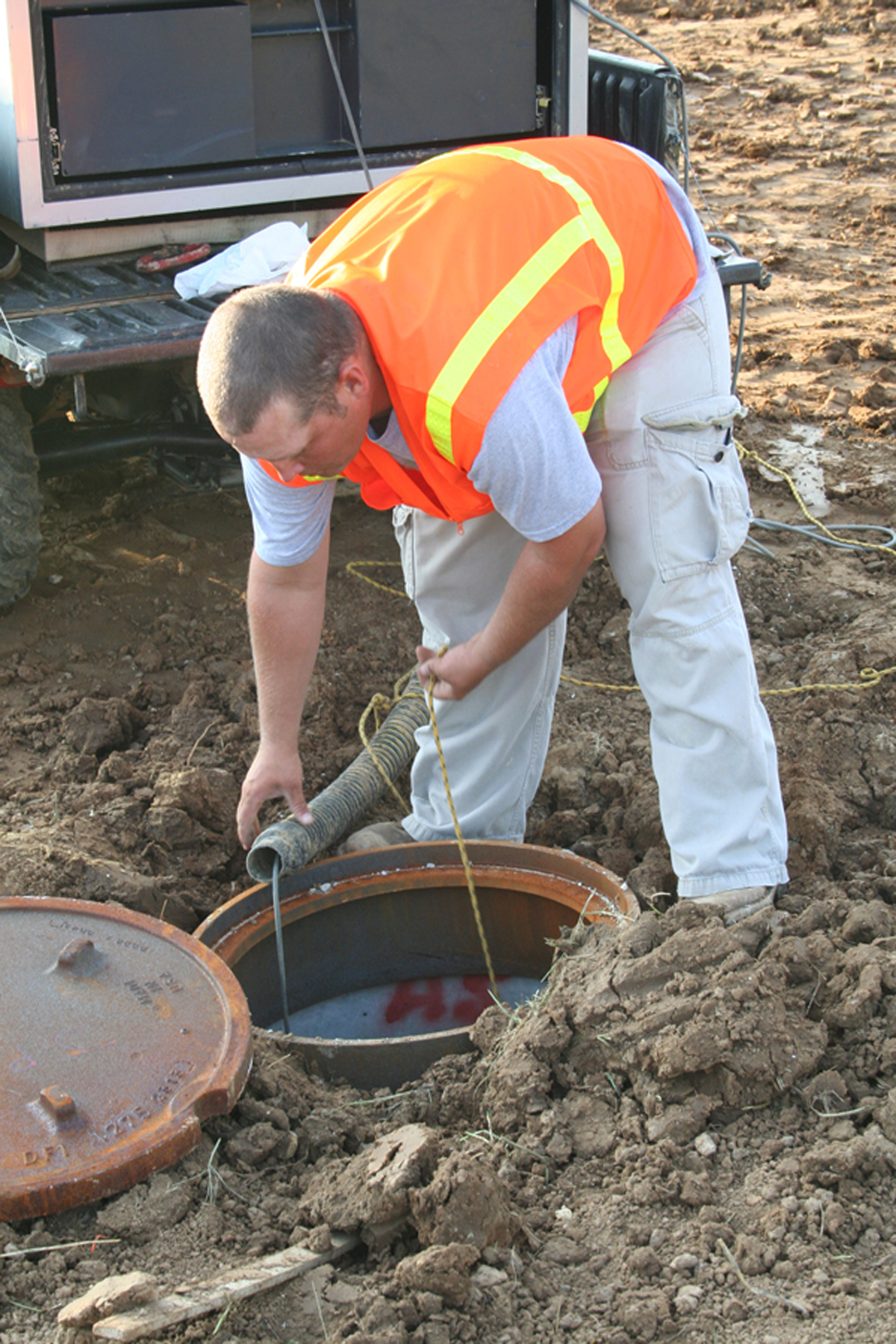October 2010 Vol. 65 No. 10
WaterWorks
WERF Offers More than $1 Million in Total Funding for Wastewater Infrastructure Research

WERF is now accepting proposals under the cooperative agreement Innovation and Research for Water Infrastructure for the 21st Century. More than $1 million in total funding is available for research that will generate innovative technologies, techniques, and tools to assist or improve sustainable management, operations and maintenance, and replacement of aging infrastructure in the wastewater and stormwater sectors. Proposal packages must be received by 4 p.m. EDT, Friday, Oct. 29, 2010.
The deliverables in the proposals should focus on optimizing collaboration and knowledge and technology transfer, and clearly show how the research will have immediate application and beneficial use. Demonstration projects and partnerships, especially with utilities, are encouraged.
WERF will accept research proposals in four broad areas:
• Condition Assessment of wastewater conveyance systems to determine the structural, operational, and performance status of the pipes and related assets, as well as remaining life.
• Rehabilitation of wastewater conveyance systems research, which will help in rehabilitation, repair, replacement, and decision making.
• Advanced Design and Engineering Concepts that explore the use of innovative infrastructure designs, including green infrastructure and low impact development approaches, to manage combined sewer overflows and pollutant loadings. Compatibility with existing infrastructure is critical.
• Innovative Treatment Technologies research that investigates emerging innovative biological and physical-chemical treatment technologies.
Funding for research efforts under this program are supported by the U.S. Environmental Protection Agency’s Sustainable Water Infrastructure Initiative – specifically U.S. EPA Cooperative Agreement No. EM-834069-01-0. This initiative seeks to promote better use of resources, increase the sustainability of our water infrastructure, and reduce the gap between the projected need for infrastructure funds and the actual funding.




Comments